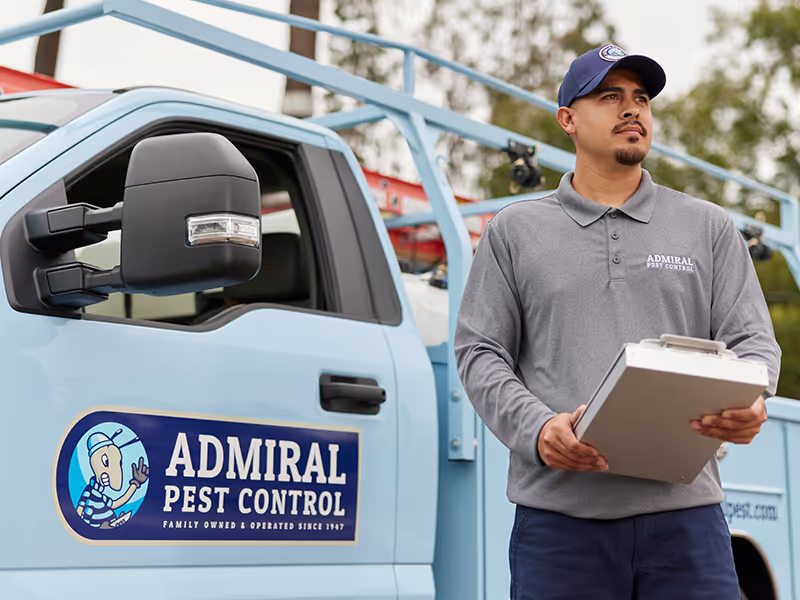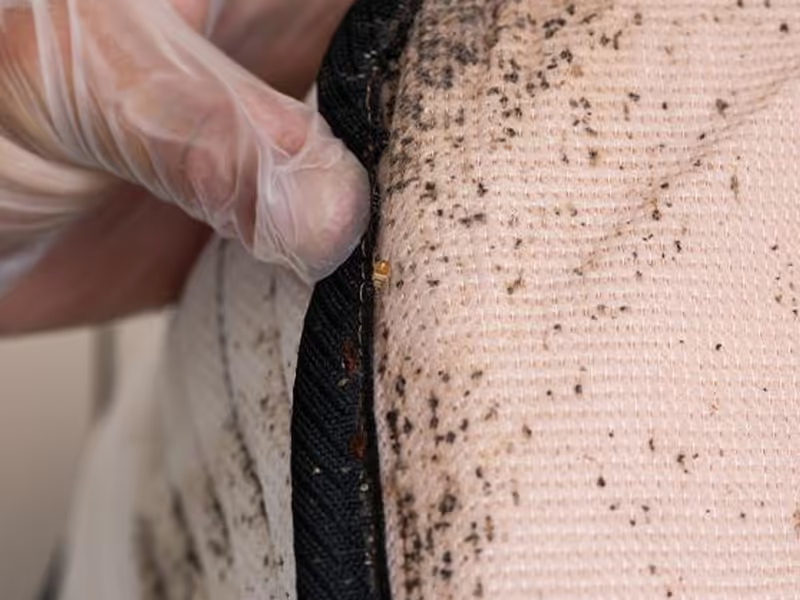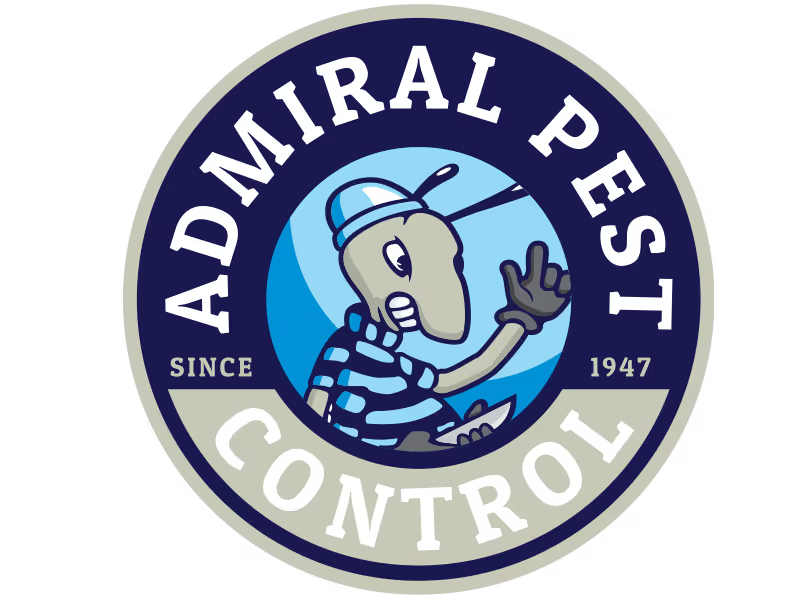Common Rodents in Irvine
When it comes to rodents in Irvine, there are a few regulars you’re likely to see:
Norway Rats
Norway rats, also known as brown rats or sewer rats, are one of the most common rodents you’ll find in Irvine1. These rats are pretty big compared to other rodents. They can grow up to 16 inches long, including their tail, and weigh up to a pound1.Norway rats have brown or gray fur with a lighter-colored belly. They have small eyes and ears, and their tails are shorter than their body length1. These rats are excellent swimmers and can even dive underwater for up to 30 seconds!Norway rats like to live close to the ground. You might find them in basements, on the ground floor of buildings, or in burrows outside. They’re not great climbers, so you’re less likely to find them in attics or on upper floors1.
Roof Rats
Roof rats, also called black rats or ship rats, are another common rodent in Irvine1. These rats are smaller and sleeker than Norway rats. They usually grow to about 13-18 inches long, including their tail1.Roof rats have dark brown or black fur with a lighter-colored belly. They have large ears and eyes, and their tails are longer than their body length1. As their name suggests, roof rats are excellent climbers. They’re often found in attics, upper floors of buildings, and even in trees.These rats are very agile and can easily climb up walls, pipes, and even electrical wires1. They prefer to nest above ground, which is why you might hear them scurrying around in your attic or ceiling.
House Mice
House mice are the smallest of the common rodents in Irvine, but they can still cause big problems. These little guys only grow to about 5-7 inches long, including their tail2.House mice have light brown or gray fur with a lighter-colored belly. They have large ears and eyes compared to their body size, and their tails are about as long as their body2. These mice are excellent climbers and can squeeze through very small openings – as small as a dime!You might find house mice anywhere in your home, from the basement to the attic. They like to build their nests in hidden areas close to food sources2.
Are There Rats in Irvine?
Yes, there are definitely rats in Irvine. Both Norway rats and roof rats are common in the area1. While it’s not pleasant to think about, rats are a part of urban and suburban environments all over California, including Irvine.Rats are attracted to areas where they can find food, water, and shelter. In Irvine, our mild climate and abundance of food sources (like fruit trees, pet food, and garbage) make it an attractive place for rats to live.However, it’s important to remember that seeing a rat doesn’t mean your home or neighborhood is dirty. Rats are very adaptable and can thrive in many different environments.
What is the Most Common Rodent in California?
While it can vary depending on the specific area, the Norway rat is generally considered the most common rodent in California1. These rats have adapted well to living alongside humans and can be found in urban, suburban, and rural areas throughout the state.However, in some parts of California, including many areas of Southern California, roof rats may be more common1. The type of rat you’re more likely to encounter can depend on factors like your location, the type of building you live in, and the surrounding environment.
What is the Most Common Rat in Southern California?
In Southern California, including Irvine, the roof rat is often the most common type of rat1. These rats are well-suited to our climate and the types of buildings we have in the area.Roof rats prefer warmer climates, which makes Southern California an ideal home for them. They also like to live off the ground, which is why they’re often found in attics, palm trees, and other elevated areas1.However, it’s important to note that Norway rats are also present in Southern California. You might be more likely to encounter Norway rats if you live near water sources or in areas with a lot of ground-level vegetation.
How Do I Identify a Rodent in My Yard?
Identifying rodents in your yard can be tricky, especially since these animals are often active at night. However, there are several signs you can look for:
- Droppings: Rodent droppings are one of the most obvious signs of their presence. Rat droppings are about the size of a raisin, while mouse droppings are much smaller, like grains of rice.
- Tracks: In soft soil or dusty areas, you might see tiny footprints or tail drag marks.
- Burrows: Norway rats often dig burrows in the ground. Look for holes about 2-4 inches wide, often near structures or dense vegetation.
- Gnaw marks: Rodents constantly gnaw to keep their teeth sharp. Look for chew marks on wood, plastic, or even electrical wires.
- Sounds: You might hear scratching, scurrying, or squeaking sounds, especially at night when rodents are most active.
- Nests: Rodents build nests from soft materials like shredded paper, fabric, or dried plant matter. These might be found in secluded areas of your yard.
- Runways: Rats often use the same paths repeatedly, creating noticeable trails in grass or along fences.
- Smudge marks: Rodents have oily fur that can leave dark, greasy marks along walls or fences they frequently travel.
If you’re still unsure what kind of rodent you’re dealing with, consider setting up a motion-activated camera in your yard. This can help you catch a glimpse of your nighttime visitors without disturbing them.
Why Rodents Might Be in Your Yard
Rodents come to yards for the same reasons they enter homes: food, water, and shelter. Here are some things that might attract rodents to your yard:
- Food sources: Bird feeders, pet food left outside, fallen fruit from trees, and unsecured garbage can all attract rodents.
- Water sources: Leaky faucets, bird baths, and pet water bowls can provide rodents with necessary water.
- Shelter: Dense vegetation, woodpiles, and cluttered areas provide perfect hiding spots for rodents.
- Access to your home: If rodents can easily get into your house from your yard, they’re more likely to stick around.
Living with Rodents in Irvine
While it’s natural to want to get rid of rodents completely, it’s important to remember that they play a role in our ecosystem. Rodents are a food source for many predators, including owls, hawks, and coyotes. They also help disperse seeds and can contribute to soil health through their burrowing activities. However, when rodents become too numerous or start causing problems, it’s important to take action. Here are some tips for managing rodents in and around your home:
- Seal entry points: Check your home for any holes or cracks larger than a quarter inch and seal them. Remember, if a mouse can fit its head through a hole, it can squeeze its whole body through!
- Remove food sources: Keep your yard clean of fallen fruit, secure your garbage cans, and don’t leave pet food outside overnight.
- Reduce shelter: Keep your yard tidy, trim vegetation away from your house, and store firewood and lumber away from buildings.
- Use natural deterrents: Some people find success with natural rodent repellents like peppermint oil or ultrasonic devices.
- Consider traps: If you need to remove rodents, snap traps are considered one of the most humane and effective methods.
- Call a professional: If you have a persistent rodent problem, consider calling a pest control expert who can provide targeted, safe solutions.
Conclusion
Irvine, California, is home to a variety of rodents, from the common Norway rat to the agile roof rat and the tiny house mouse.




















